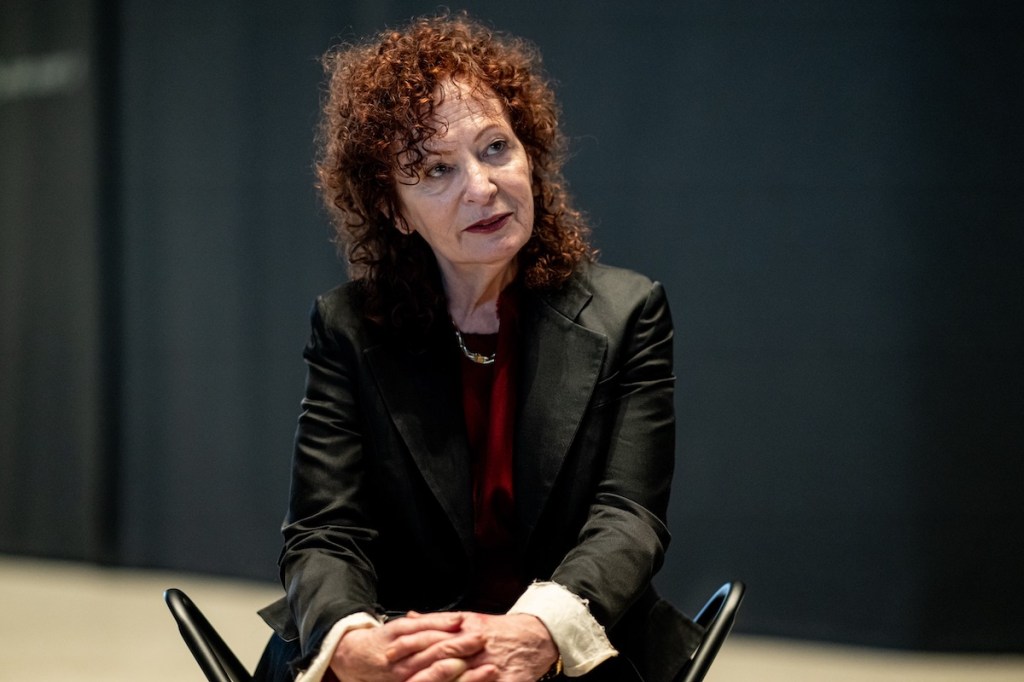I didn’t leave evangelical Christianity with a guns-blazing conviction. Instead, I had a lot of grief and a years-long journey to reclaim what I had lost.
My relationship with my faith was very serious during high school and college. I spent nearly every evening and weekend on church activities. I enjoyed the shared sense of purpose that came with being in a group of people devoted to serving God and each other, who I could depend on and who depended on me. We would go on mission trips, start bible studies and prayer groups, fast together, and constantly talk about how to make Christ known through our words and actions.
It wasn’t until I moved to Japan and had a physical distance from the church that I started questioning some of the basic assumptions I had made and been taught about life. I remember feeling at war with myself as I outgrew my previous worldview — not because I chose to, but because I could not fit my experiences within the context of my religion. I met many people hurt by the church and saw too many examples of how what was taught did not match what was practiced.
I am not alone. More and more people choose to leave their religious backgrounds behind, but not necessarily their spirituality. Surprisingly, the closest reflection of my journey is in “Star Wars,” especially through the character Ahsoka Tano.
Ahsoka — who first appeared in Dave Filoni’s film “Star Wars: The Clone Wars” — has been speculated as a guest star in Season 3 of “The Mandalorian,” and she’s starring in her Disney+ spinoff “Ahsoka.” However, she is more than just the first BIPOC woman to lead a “Star Wars” series, with Rosario Dawson in the role. She also represents me and others who have a complicated faith.
Daniel Knighton via Getty Images
In Season 5 of the animated series “Star Wars: The Clone Wars,” Ahsoka is accused of bombing the Jedi temple. Despite Anakin Skywalker’s unwavering faith that his Padawan is innocent, the Jedi Council is determined to find her, excommunicate her from the Jedi Order, and ultimately leave her fate up to an external war tribunal.
When she is proven innocent, the Jedi invite her back in, with the caveat that “this was actually [her] great trial” to make her a “greater Jedi.” But, seeing the hypocrisy of the Jedi Order, realizing how she has become complicit in a war that is causing more harm than good, and knowing she needs to find her own way, she rejects their invitation and walks away from her religion, her found family and her way of life.
“I am no Jedi,” Ahsoka Tano said during her duel with Darth Vader in “Star Wars Rebels.” She’s neither Sith nor Jedi, but Ahsoka’s connection with the force is undeniable.
When my world outgrew my worldview, I, like Ahsoka, had to figure out who I was outside my religion. So I let myself seek answers to life’s biggest questions. I didn’t denounce Christ — just as Ahsoka did not reject the force — but it did mean I needed to question the institution and belief system to decide my perspectives.
Watching Ahsoka walk away from the Jedi temple brought tears to my eyes. I felt like I could see myself on the screen. Her journey helped me to process my departure from my religious traditions. I got the chance to validate my choice to maintain certain parts of my faith.
I watched that scene again and again on my laptop as I huddled next to a space heater on my tatami floor in rural Japan. Coming from sunny Southern California, the cold was a shock. And my new quiet life without the constant company of my church community overwhelmed me. And on that tatami floor, I realized I could not participate in church as I had in college.
Based on what I was taught, I had said and done things against the very values Christians are meant to uphold. I no longer wanted to be part of organizations that perpetuated judgment, homophobia, hypocrisy and discouragement of critical thought.
The limitations of the Jedi Order are the limitations of many religious organizations, but I can only speak for mine. A religion that prizes and prioritizes tradition over context, individuality and the complexity of free will eventually loses relevance.
The “light-side” of the force, which the Jedi Order claimed to be, was not an unambiguous force for good. Even in the original Star Wars trilogy, Luke is urged by his Jedi Master to let go of his attachments when his friends are in danger to complete his Jedi training. He rejects this, however, and leaves to rescue Han and Leia.
In “The Mandalorian,” Din Djarin removes his mask twice in front of another person — despite rules preaching against the act — for the good of the child he loves.
Between the events of “The Clone Wars” and “Rebels,” Ahsoka builds a new lightsaber that is neither blue nor green nor red; her new lightsaber is white. Ahsoka rejected the light-side, dark-side dichotomy but continued her commitment to fighting for justice as a rebel against the empire.
These Star Wars moments gave me the courage to walk away from the parts of religion that do not serve me while freeing me to own still the parts that do.
I don’t know what is in store for Ahsoka’s faith journey as her story continues on Disney+. And I don’t know what’s in store for me either.
But I am committed to seeing others — not with the right and wrong dichotomies — but with the complexity they deserve. Thankfully, I’ve found a way to do that through my faith in Christ and not without it.
This Made Me is a HuffPost series on the pop culture that unlocked something in us, helped us fit in, taught us something or became an entry point to something bigger.










